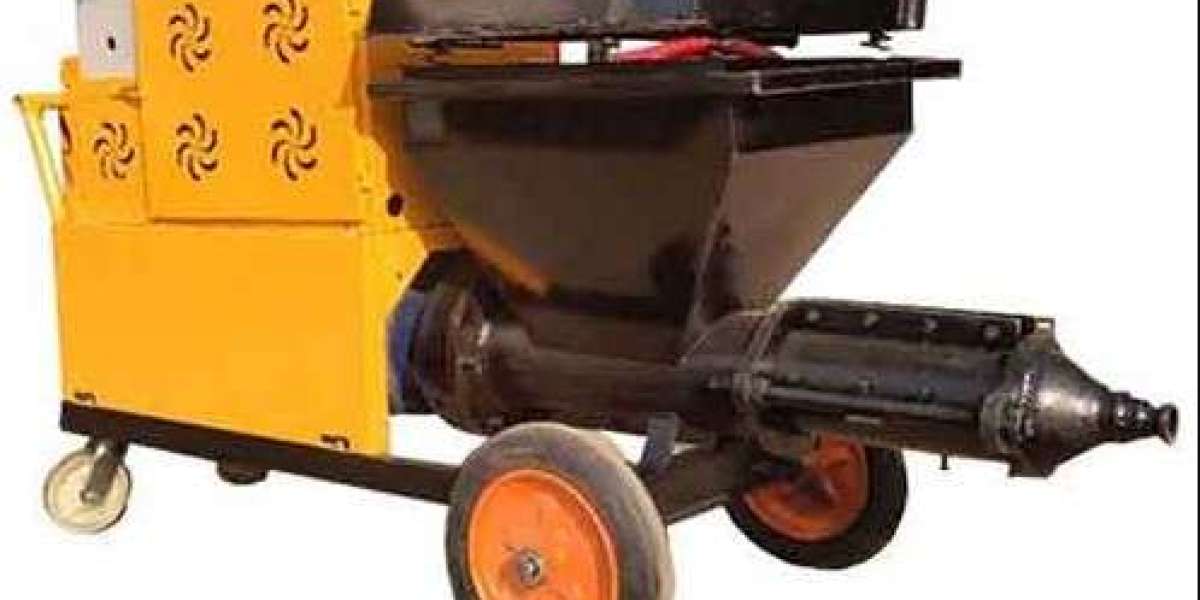What Is a Multi-Angle Band Saw? A Beginner's Guide
World of cutting tools and metal fabrication, precision is everything. Whether you're working on a DIY project, metal workshop task, or large-scale industrial cutting, having the right tools can make all the difference. One such powerful and versatile tool is the Multi-angle Band Saw. If you're new to the tool scene and wondering what this machine is and why it's so essential, you're in the right place.
This beginner-friendly guide will walk you through everything you need to know about the Multi-angle Band Saw—what it is, how it works, its benefits, applications, and how to choose the right one for your needs.
What Is a Multi-Angle Band Saw?
A Multi-angle Band Saw is a power tool designed to cut various materials—primarily metal, wood, or plastic—at different angles with precision. Unlike standard band saws that make straight cuts, a multi-angle band saw allows users to tilt the cutting head or adjust the vice holding the material to make angled cuts, typically ranging from 0° to 60°, depending on the model.
This flexibility makes the tool ideal for cutting pipes, bars, and other structural components in metalworking and carpentry where angled joints are required.
How Does a Multi-Angle Band Saw Work?
At its core, a multi-angle band saw operates similarly to a traditional band saw. It uses a continuous band blade stretched between two or more wheels to cut through the material. However, what sets it apart is its ability to pivot or adjust the cutting plane for angled cuts.
Key Working Components:
Band Blade: A looped metal blade with teeth that performs the cutting.
Motor: Powers the blade at variable speeds depending on material type.
Swivel Head or Adjustable Vice: Allows for setting the desired angle for cutting.
Vice Clamp: Holds the workpiece securely in place.
Control Panel: Offers settings for speed, angle, and sometimes coolant flow.
Cutting Table/Base: Supports the material during cutting.
When the operator sets the required angle, the band saw's head tilts accordingly (or the material is positioned using a swivel vice), and the blade slices through the material at that specific angle.
Types of Multi-Angle Band Saws
There are different styles and configurations of multi-angle band saws, each suited for particular types of work and material.
1. Horizontal Multi-Angle Band Saw
This is the most common type used in metal fabrication. The blade cuts horizontally while the material is clamped in a vice. The head swivels to allow for precise angled cuts. These are favored in industrial environments for cutting bars, pipes, and beams.
2. Vertical Multi-Angle Band Saw
In this design, the material is moved manually or with a table, while the blade remains in a vertical position. These saws are more common in woodworking and are useful for contour cuts in addition to angled cuts.
3. Dual-Miter Band Saw
Some advanced models allow the head or material to tilt both left and right for mitering in two directions, increasing productivity and efficiency.
Key Features to Look For in a Multi-Angle Band Saw
If you’re considering buying a Multi-angle Band Saw, here are some important features to keep an eye on:
1. Angle Range
Check how far the saw can pivot. Some models offer up to 60° miter capability, which is essential for advanced metalwork.
2. Blade Size and TPI (Teeth per Inch)
Different materials require different blade configurations. Finer teeth are ideal for metal, while coarser teeth are used for wood or plastic.
3. Cutting Capacity
Make sure the saw can handle the thickness and width of materials you'll be working with.
4. Motor Power
A more powerful motor (measured in HP or watts) will handle tougher materials with ease.
5. Variable Speed Control
This lets you adjust the blade speed based on material type, improving cut quality and blade life.
6. Coolant System
Some models include a built-in coolant system to keep the blade cool, reduce wear, and improve cutting performance.
7. Portability
If you're working in different locations or have a small workshop, a portable model with wheels or a compact footprint can be beneficial.
Advantages of Using a Multi-Angle Band Saw
There are several reasons why professionals and hobbyists prefer using a Multi-angle Band Saw over other cutting tools:
✅ Precision Angled Cuts
These machines deliver highly accurate cuts at various angles, which is crucial in frame construction, pipe fitting, and joint creation.
✅ Versatility
They can handle a wide range of materials—steel, aluminum, plastic, wood—making them incredibly versatile.
✅ Cleaner Cuts
Band saws typically leave smoother edges with less burring compared to abrasive cutting methods, reducing the need for secondary finishing.
✅ Reduced Material Waste
The fine blade of a multi-angle band saw results in minimal kerf (cut width), which saves material and money over time.
✅ Time-Saving
Adjustable angles and vice setups reduce the need for repositioning materials manually, speeding up workflow.
Common Applications of Multi-Angle Band Saws
Multi-angle band saws are used across many industries due to their ability to make precise and varied cuts.
?️ Metal Fabrication
Perfect for cutting metal bars, tubes, and structural components at precise angles.
? Carpentry and Woodworking
Useful for cutting joints, frames, and trim pieces with angled cuts.
?️ Pipe Fitting and Plumbing
Used to cut pipes at accurate bevels or angles for clean welding and jointing.
? Industrial Manufacturing
Ideal for creating parts that require precision and consistency in high-volume production settings.
? DIY and Home Workshops
Popular among hobbyists who build furniture, frames, or perform car repairs requiring precision cuts.
Safety Tips for Operating a Multi-Angle Band Saw
As with any power tool, safety is paramount when using a Multi-angle Band Saw. Follow these basic precautions:
Always wear safety glasses and gloves.
Ensure the blade is tensioned and aligned correctly.
Keep hands away from the blade while in operation.
Use clamps and vices—never hold the material by hand.
Turn off the saw before adjusting angles or changing blades.
Clean the workspace and saw regularly to avoid accidents.
How to Maintain a Multi-Angle Band Saw
Proper maintenance ensures your machine remains accurate and efficient over time. Here's what you should regularly do:
Inspect and replace worn blades to avoid poor cuts or accidents.
Clean the machine after each use to prevent buildup of dust, metal shavings, or lubricant.
Lubricate moving parts to reduce wear and improve smooth operation.
Check belt tension and alignment if your saw uses a belt-driven system.
Test the motor and switchgear regularly for any signs of electrical faults.
Inspect coolant systems (if applicable) to ensure proper flow and cleanliness.
Choosing the Right Multi-Angle Band Saw
When selecting the right machine, consider the following factors:
What materials will you cut most often?
What angle range do you need for your projects?
Is portability important for your workspace?
What’s your budget?
Are you doing occasional work or daily production tasks?
Higher-end models will offer more features, durability, and speed control—ideal for professional shops. On the other hand, if you're an occasional DIY user, a mid-range machine with essential functions may be sufficient.
Final Thoughts
The Multi-angle Band Saw is a game-changing tool for anyone who needs accurate, repeatable angled cuts on a variety of materials. Its combination of precision, efficiency, and adaptability makes it a must-have in metalworking, woodworking, and fabrication shops.
By understanding how it works, its advantages, and how to maintain and use it safely, even a beginner can confidently integrate a multi-angle band saw into their workspace and achieve professional-quality results.
Whether you're building custom furniture, fabricating structural frames, or just exploring new tools, the multi-angle band saw offers flexibility and performance that’s hard to beat.













